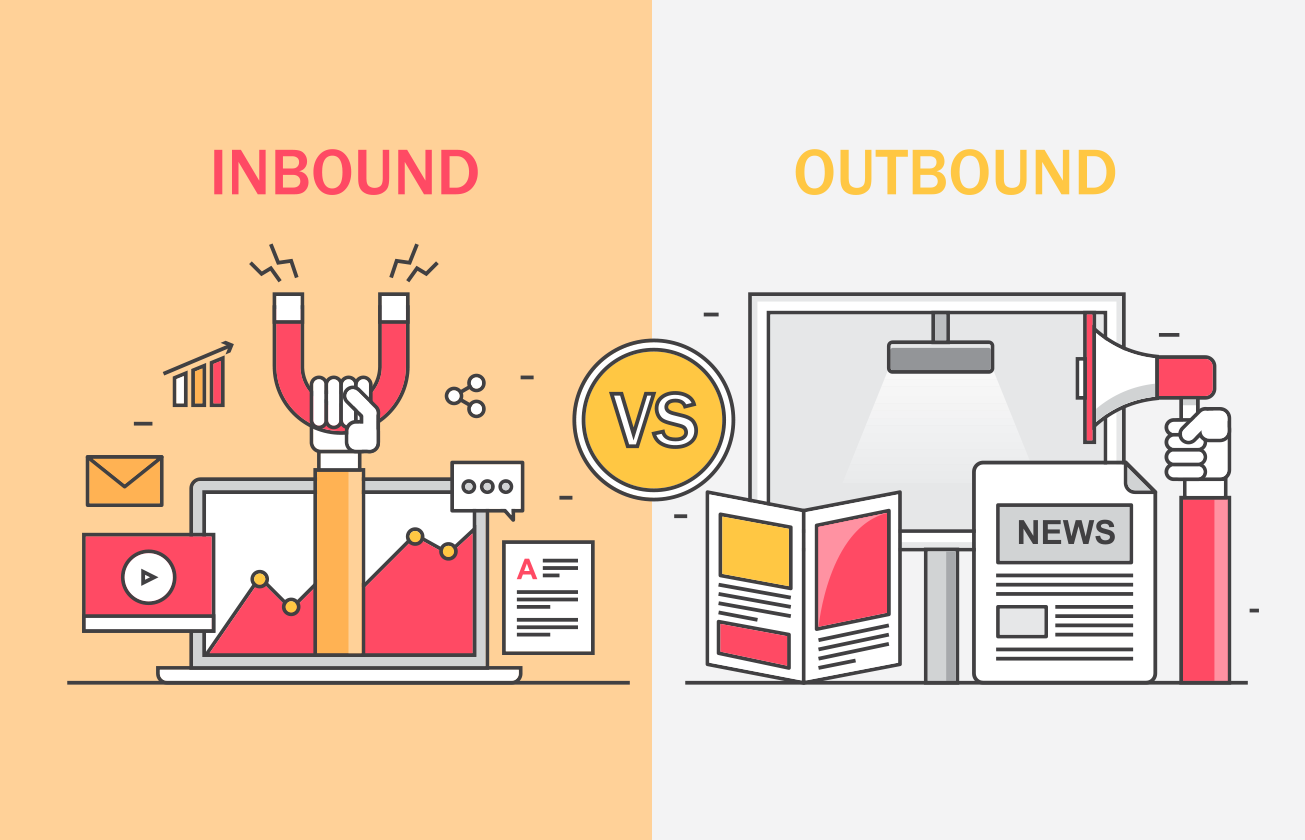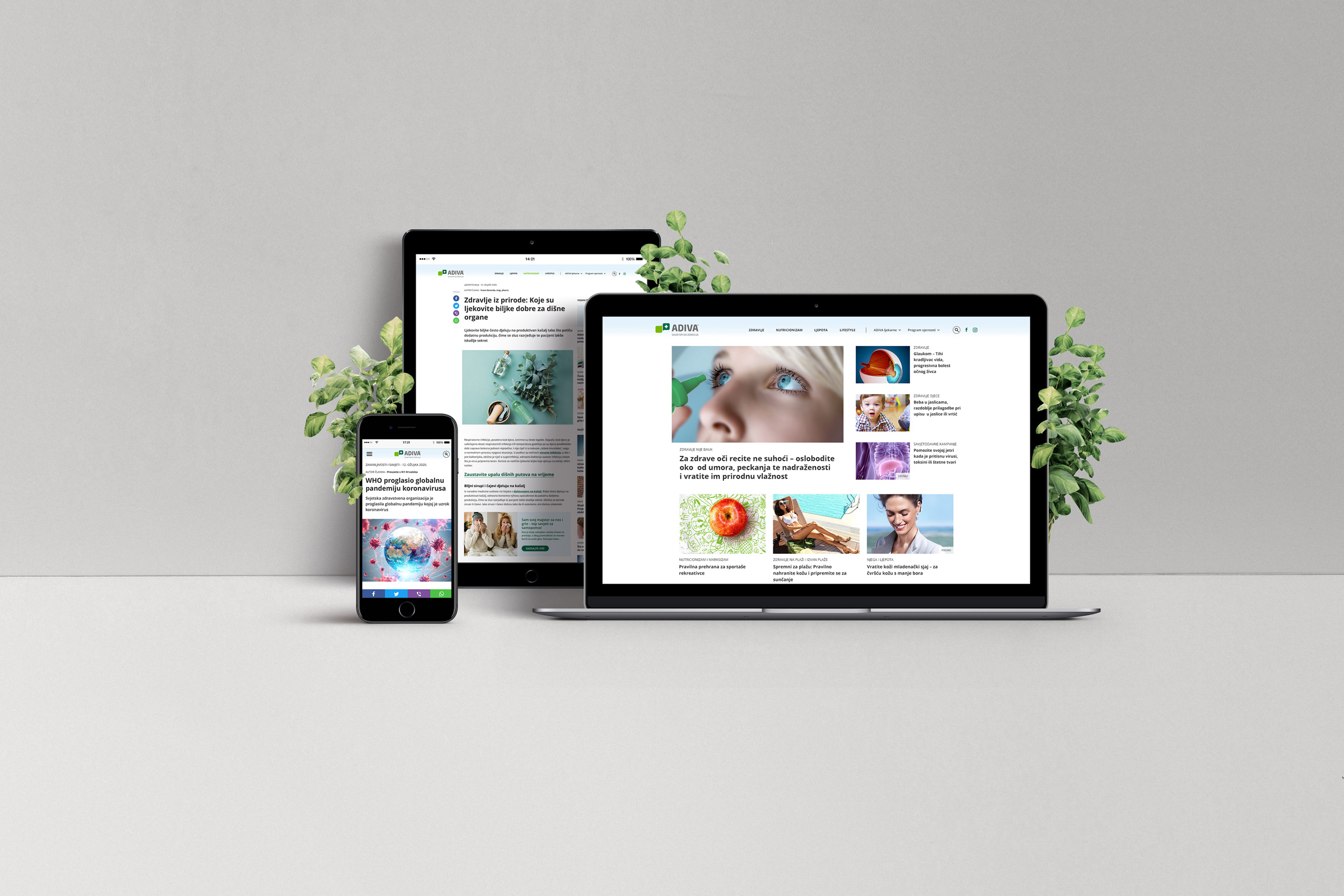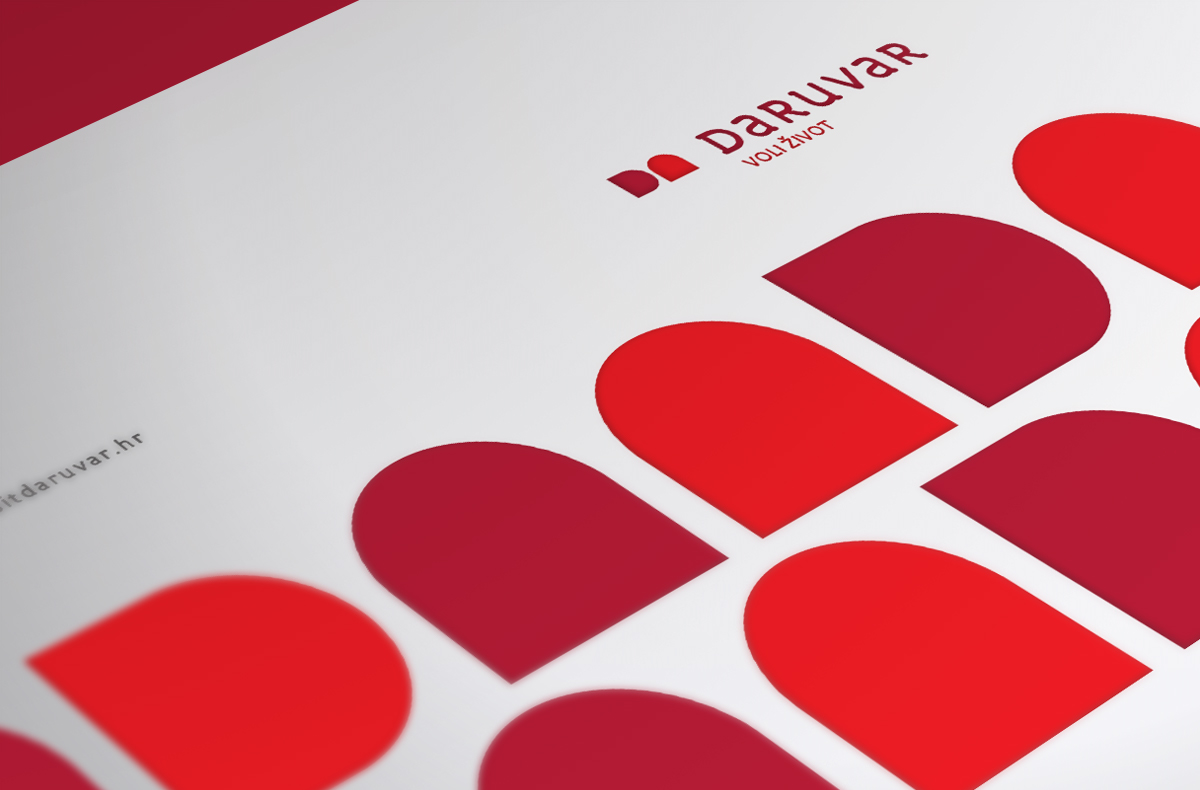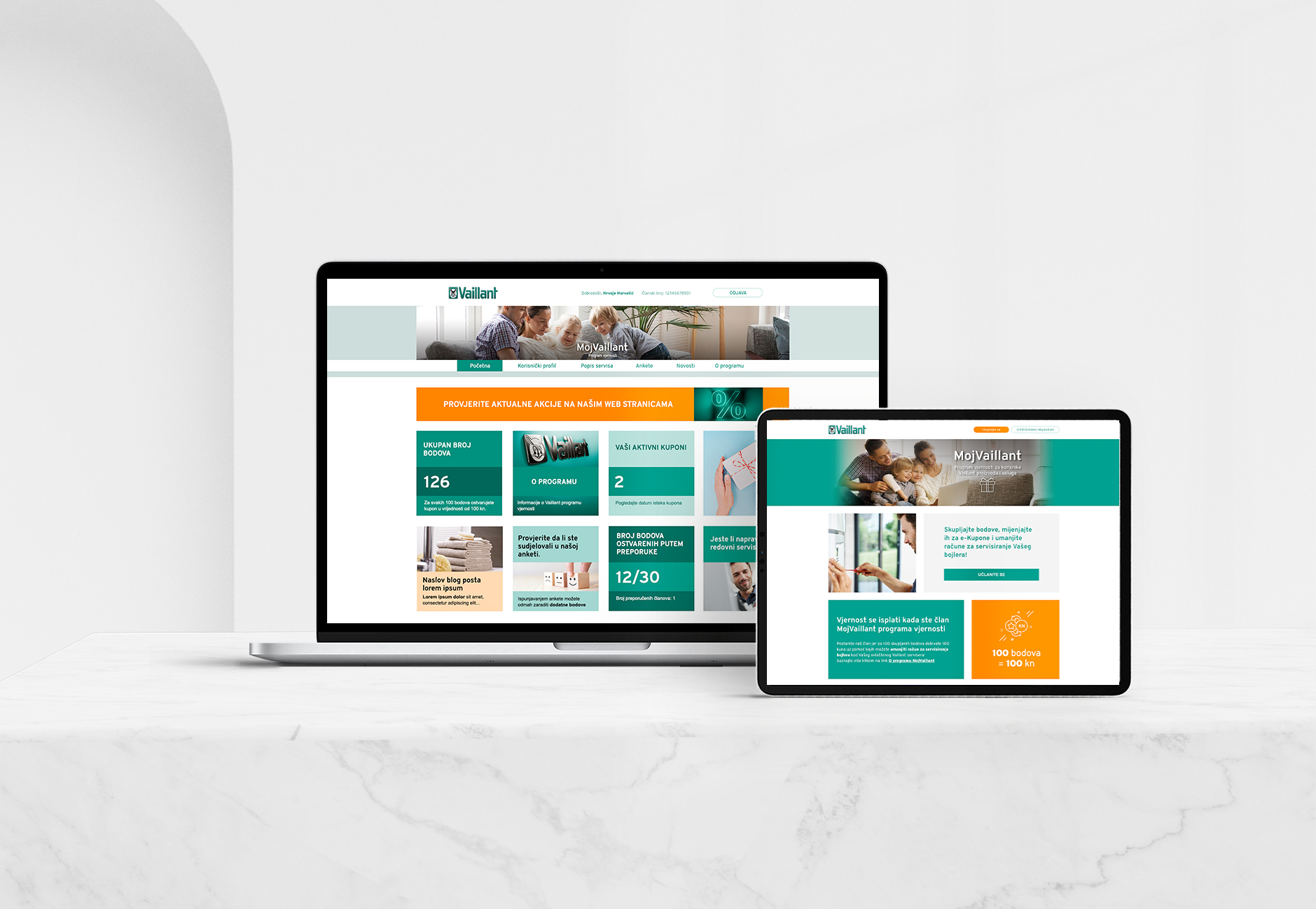Outbound vs. inbound marketing
The phrases "outbound" and "inbound" marketing are used more and more. What do they mean? Of course, you can google it and see what it's all about, but why google it when you can read a blog post that will explain everything to you?

The difference between outbound and inbound marketing can be reduced to "classic" marketing and digital marketing, or how the marketing strategy will be implemented. It would be easiest to say that one type of marketing is better than the other, but that is far from the truth - each has its purpose.
What is outbound marketing, and what is its purpose?
The most effortless description of outbound marketing is that it's the type of marketing that people have been accustomed to for the last hundred years or so. It involves using out-of-home (OOH) channels such as billboards or posters in various places, advertising through television, radio, newspapers, and the like.
Companies send a message to many people, and by the law of big numbers, the larger the number of people, the greater the chances of selling and/or raising awareness.
The effectiveness of this type of marketing is, of course, questionable because it is difficult to measure. How many people have heard your ad on the radio? The number can never be accurate. How many people saw your billboard on Slavonska Avenue? You can't know for sure.
But outbound marketing should not be neglected, given that it carries its own set of benefits. The first benefit is the trustworthiness of customers towards the outbound type of marketing. According to a MarketingSherpa survey, a sample of 2,400 respondents said they believed the most in print ads (82%), followed by television commercials (80%). In contrast, they least believed in pop-up ads on websites.
Another advantage of outbound marketing is that we cannot "turn it off". While today adblockers are more or less a must-have, we can’t delete billboards or radio commercials. We can only close our eyes or turn off the radio - and we don't do that.
The third advantage is the element of memory - commercials and jingles that have taken root in the collective memory of the whole nation. Anyone aware of their existence in 1999 and after 22 years can comfortably rap off half of Simpa rap. They caught a zeitgeist, spoke to exactly who they needed, and defined Simpa as a youthful mobile network. If you don't understand, you don't understand - it's not for you. A similar moment was Nema da nema commercials from a couple of years ago.
We don’t have to stop just at TV commercials - let’s take the example of a billboard. We have already talked about the Heineken campaign, which was a massive success with a combination of guerrilla and cause marketing. In addition, we are moving more and more towards the Blade Runner world, with billboards becoming digital. Take, for example, the digital billboards you see all over town. We’ll be a little rude to say that most of the ads on them don’t use the full potential digital billboards have, but they indeed represent the future of OOH marketing, as well as outbound marketing itself.
What is inbound marketing, and what is its purpose?
Already by the word "inbound", we can conclude the primary goal of inbound marketing. In the simplest terms - the point of inbound marketing is to increase the visibility with which we would direct the customer/client to do what we want. It can be a click on a website, a purchase in a webshop, or any other goal we set.
In this sense, inbound marketing is exact and analytical. While outbound marketing follows the principle - "we catch whoever we catch"- inbound marketing precisely catches the person you want to aquire.
As Joshua Gill elegantly says - “Inbound marketing is powerful precisely because you have the power to give the customer exactly what he is looking for at the exact moment he asks for it. It creates trust, reputation, and authority.”
What are specific inbound marketing methods used, for example, by a digital marketing agency or client? Content marketing, blog posts, search engine optimization (SEO), social media, pay-per-click digital marketing, and the like.
All these methods have one purpose - to create attractiveness to potential customers/users. Given the natural feel of these methods, the end-user does not feel that he is being sold anything because everything comes to him organically. For example, a user searches for winter sneakers that are trending. Of course, his first stop is Google. Thanks to the Google Ads campaign, your ad is at the top. Next, they go on your blogpost whose topic is exactly what he needs - sneakers for the winter. Then, he reads the blog, checks the prices on your website, and finally completes the purchase.
It is a very simplified funnel but explains how different inbound methods lead to results. And best of all? Each of these steps is measurable, adaptable, and modular. Google Ads campaign is lacking? With analytics, you will see why this is the case, and you can easily adjust. Users come to the site but don’t finish the purchase? Send them an e-mail reminder with maybe a discount?
That is why the user has all the necessary information to make his decision anytime and anywhere.
And now the million-dollar question - what strategy to choose for your business? Well, since they are not exclusive, you can do both. We recommend that you grow through inbound marketing if you are a smaller company, while medium and larger companies can and should use both methods.
And of course, if you do not have the will and creativity to create an overall inbound marketing strategy and outbound creativity, contact a digital agency for an easy and effective solution.


